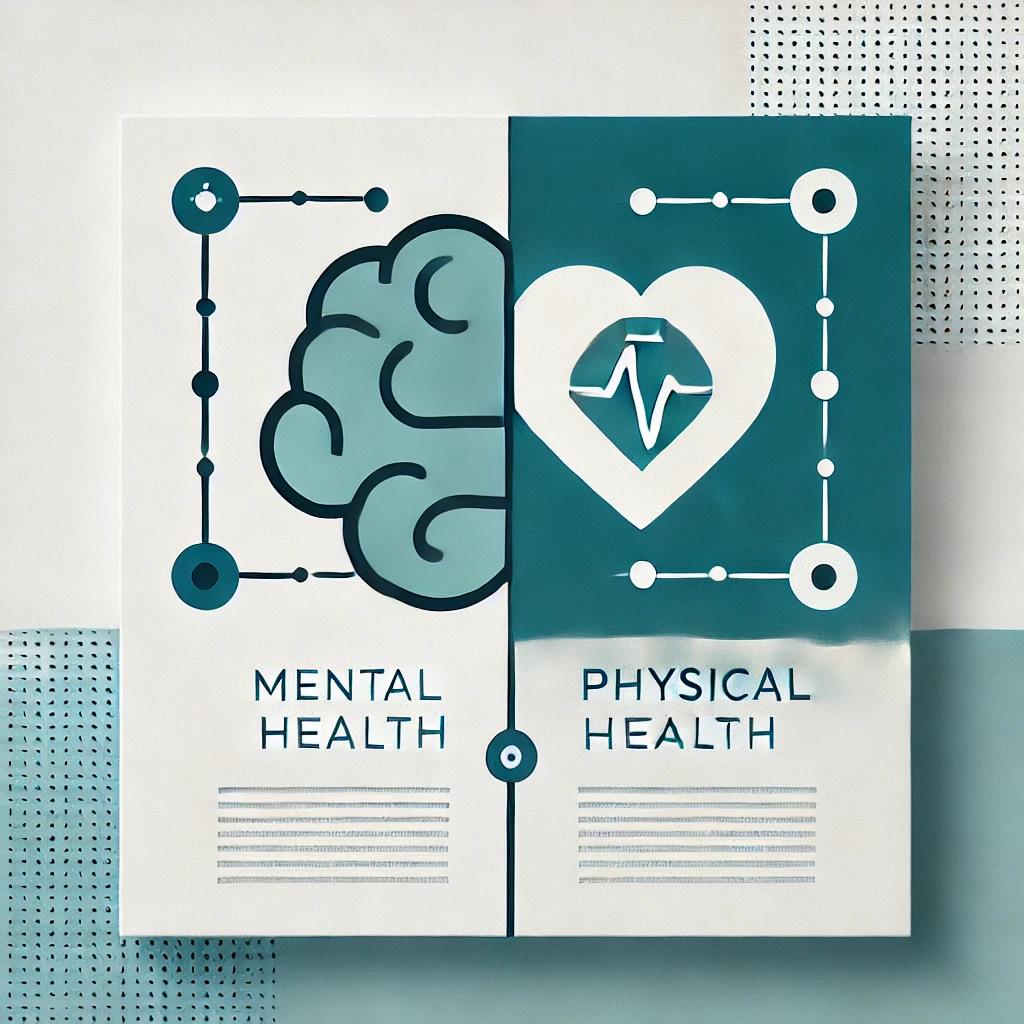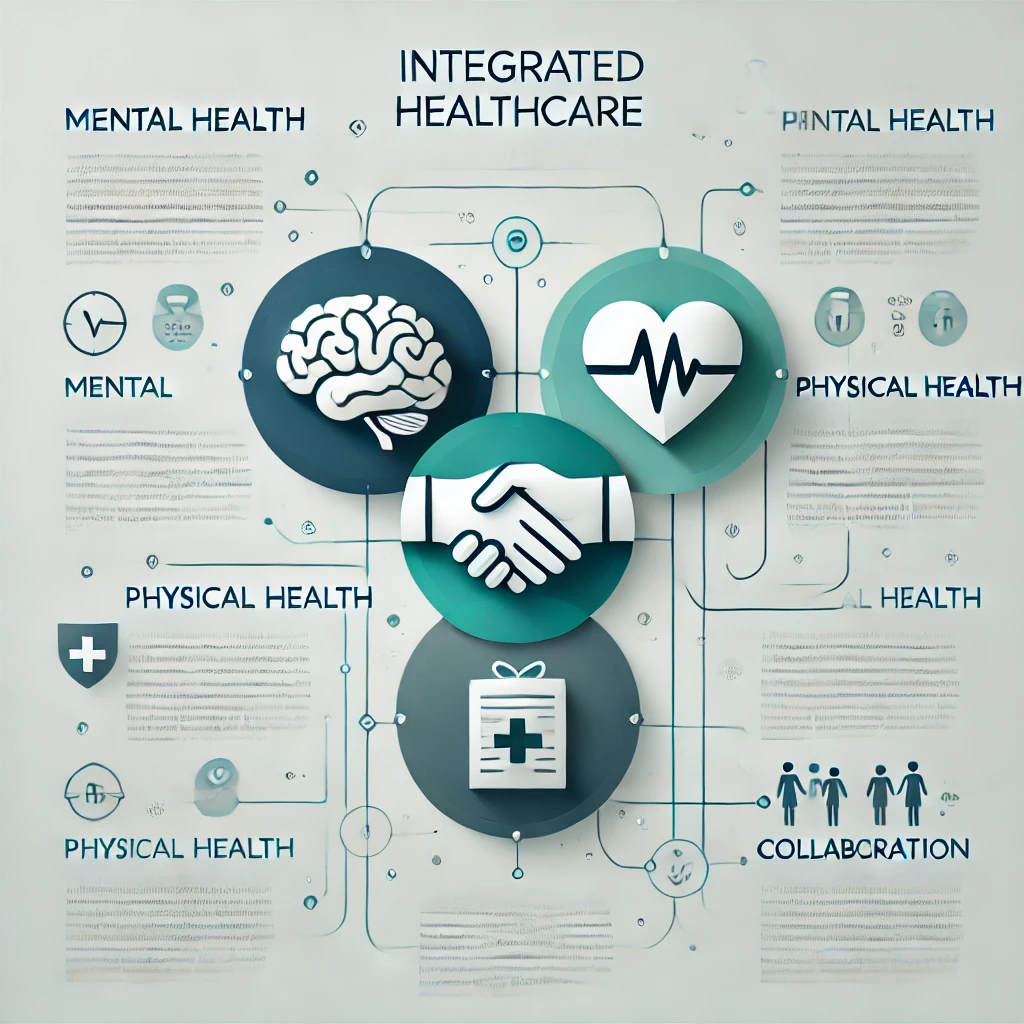
The relationship between mental and physical health is undeniable, yet for many years, healthcare systems have treated them as separate entities. Traditional care models often isolated mental health services from physical healthcare, leading to fragmented treatment approaches. However, integrated care models are beginning to change this narrative by combining mental and physical health services into a cohesive, patient-centered approach. This shift acknowledges the mind-body connection, aiming to reduce stigma around mental health and ultimately improve holistic patient outcomes.
Integrated care models take a comprehensive view of a patient’s health, addressing both physical and mental health needs in tandem. Instead of requiring separate appointments with different specialists in different locations, patients can receive coordinated care through a single, unified healthcare team. This seamless collaboration between primary care physicians, mental health professionals, and other healthcare providers allows for more effective treatment plans that consider the full spectrum of a patient’s well-being.
One of the key benefits of integrated care is its ability to address the complex interplay between mental and physical health conditions. Research shows that individuals with chronic physical illnesses, such as diabetes or heart disease, are more likely to experience mental health challenges, including depression and anxiety. Conversely, untreated mental health conditions can exacerbate physical symptoms, leading to worse outcomes. By treating both the mind and body simultaneously, integrated care models help to break the cycle of poor health outcomes that can arise from unaddressed mental health issues.
Reducing stigma around mental health is another significant advantage of integrated care. For many patients, seeking mental health treatment has traditionally been associated with shame or fear of judgment. By embedding mental health services within primary care or other medical settings, integrated care normalizes the conversation around mental well-being. Patients are more likely to accept mental health interventions when they are offered as part of their overall healthcare, rather than feeling that their mental health needs are being handled in isolation. This integrated approach helps to remove the barriers that prevent individuals from seeking the help they need.
In addition to addressing stigma, integrated care models can lead to more timely and accurate diagnoses of mental health conditions. Primary care physicians are often the first point of contact for patients, making them well-positioned to identify early signs of mental health concerns. In an integrated setting, they can collaborate directly with mental health professionals to initiate treatment quickly, preventing mental health conditions from worsening. For example, a patient experiencing chronic pain may also be suffering from underlying depression, and addressing both conditions concurrently can lead to a more complete recovery.
Another important aspect of integrated care is its potential to improve patient engagement and satisfaction. When mental and physical health services are delivered together, patients are less likely to feel that their care is disjointed or incomplete. Instead, they benefit from a coordinated approach where healthcare providers communicate and collaborate on their treatment plans. This type of care model fosters trust between patients and providers, leading to higher levels of patient satisfaction and better adherence to treatment recommendations.
For healthcare providers, integrated care offers the advantage of a more efficient and collaborative workflow. In traditional models, communication between mental health and physical health providers can be fragmented or delayed, leading to gaps in care. In an integrated model, providers work together in real-time, sharing information and insights that allow for more effective and timely interventions. This coordinated approach not only improves patient outcomes but also enhances the provider experience by reducing the administrative burden of coordinating care across different disciplines.

Despite its numerous benefits, integrated care is not without challenges. One of the main obstacles is the need for systemic change within healthcare organizations to accommodate this model. Implementing integrated care requires restructuring workflows, fostering collaboration between providers from different specialties, and ensuring that electronic health records (EHRs) are equipped to handle the complex data-sharing required for coordinated care. Additionally, training is necessary to help healthcare providers understand the nuances of mental health treatment and how it intersects with physical health.
Financial considerations also play a role in the successful implementation of integrated care. Reimbursement models must support this holistic approach, ensuring that mental health services are treated as integral to patient care and compensated accordingly. Without proper reimbursement, healthcare organizations may struggle to invest in the necessary resources and staff to make integrated care a reality. However, as value-based care models gain traction, there is increasing recognition that integrated care can lead to cost savings by improving health outcomes and reducing hospitalizations and emergency visits.
The future of integrated care holds promise, particularly as healthcare systems begin to recognize the critical importance of addressing mental health as part of overall patient care. By blurring the lines between mental and physical health, integrated care models offer a more holistic approach that prioritizes the well-being of the whole person. As these models become more widely adopted, patients can expect more comprehensive and compassionate care, leading to better health outcomes and a greater sense of support from their healthcare providers.
Ultimately, integrated care represents a fundamental shift in how healthcare is delivered. It moves away from the traditional siloed approach that treats mental and physical health as separate domains and toward a more patient-centered model that recognizes the interconnection between the two. By embracing this model, healthcare systems can make significant strides in improving the quality of care, reducing stigma, and creating a more sustainable and effective approach to patient health.

Want to deal with pain more effectively and safely?
Think about this… popping pills can leave you dealing with a bunch of side effects… And those invasive procedures?
They’re not only pricey but also a pain to recover from. There’s got to be a better way, right?
Well, there is—meet Light Therapy X. This revolutionary device uses light therapy, a non-invasive way to help soothe your pain, perk up your skin, and speed up healing.
It’s super easy to use, doesn’t hurt your wallet, and you can do it right at home. No fuss, no muss.
